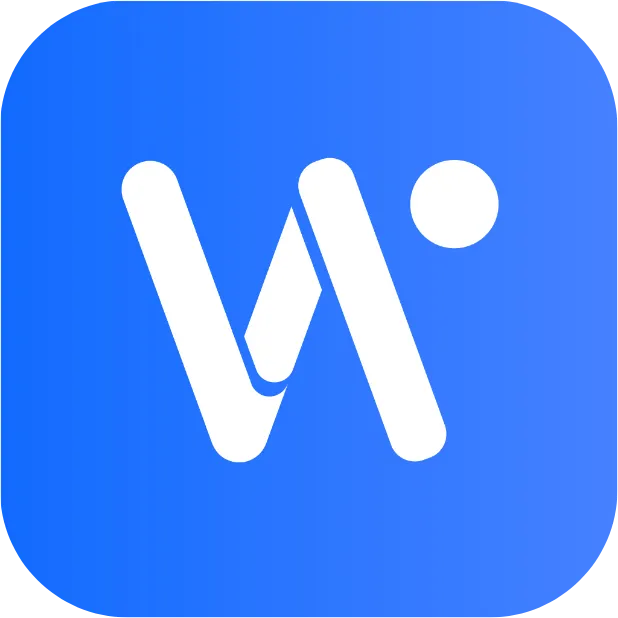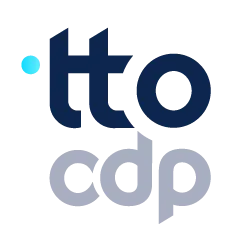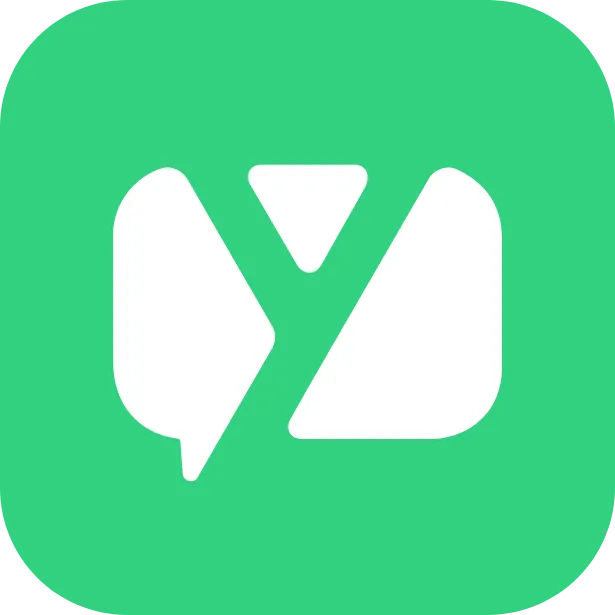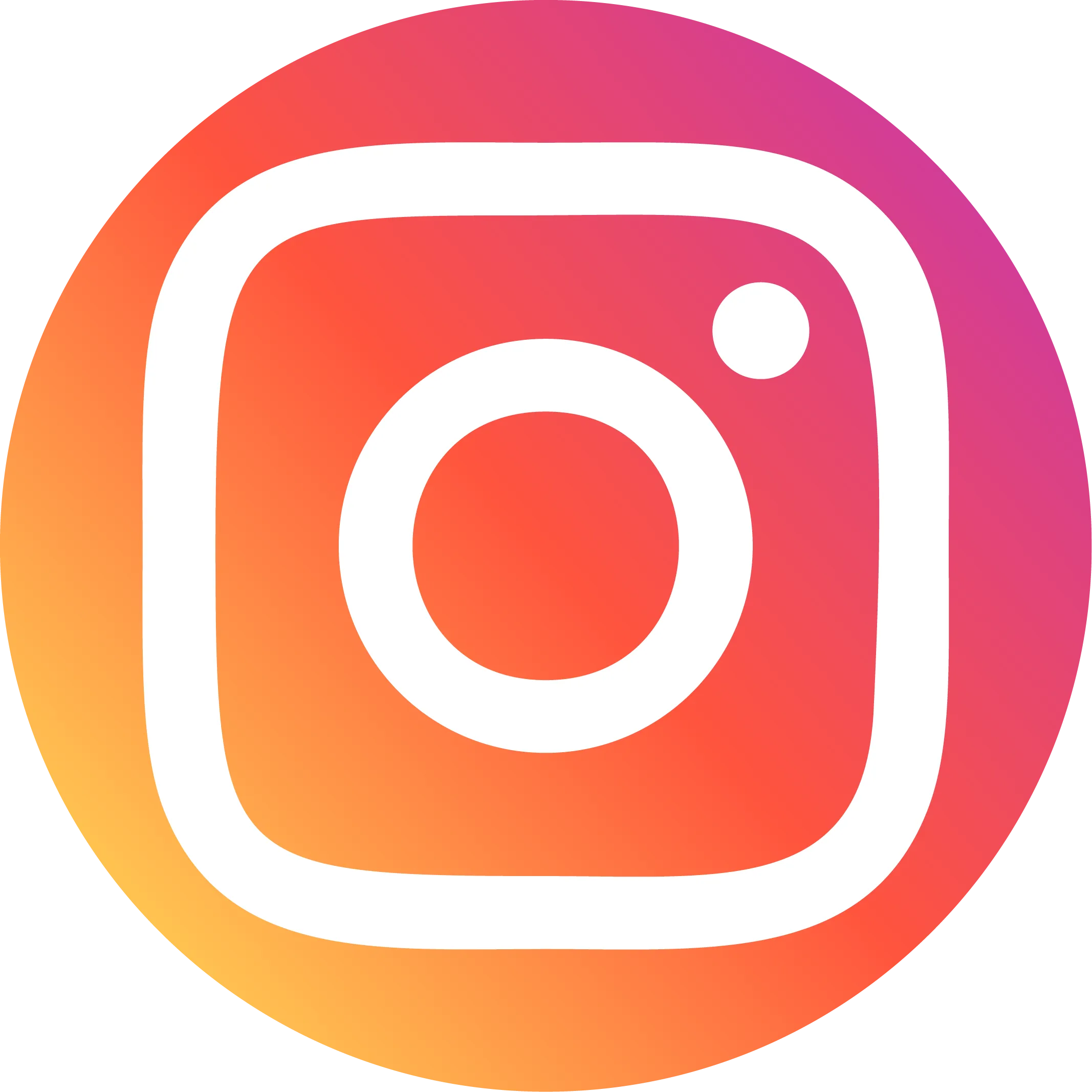Everyone should know AI-driven Google advertising
In the digital age, consumers' attention span has been shortened from 75 seconds in 2012 to 47 seconds, and it has become increasingly difficult for brands to attract traffic. AI-driven Google Ads are subverting traditional marketing models through personalized reach and efficiency improvements. However, many marketers still use backward strategies such as over-segmentation, which restricts the release of AI's effectiveness. According to Mary Meeker's "AI Trends Report 2025", the adoption rate of corporate AI has doubled since 2023, with related investments exceeding US$109 billion. Brands need to reshape Google advertising strategies, simplify account structures, and make good use of automation tools such as smart bidding to adapt to the new normal of AI-driven marketing.

1. Understanding the AI-Driven Advertising Landscape
Driven by the evolution of consumer behavior and innovation in artificial intelligence technology, Google's advertising ecosystem is undergoing rapid iteration. Today's consumers engage in multi-screen browsing, often discovering new brands while streaming YouTube or scrolling through social media. Google processes over 5 trillion searches annually, with 15% of queries being entirely new—highlighting the need for adaptive, AI-powered ad strategies.
AI is no longer just a tool, but a new front door for customer engagement. According to research from the Stanford Artificial Intelligence Institute (HAI), AI outperforms humans in complex reasoning tasks, scoring up to 92.3% on language understanding benchmarks. At the same time, the cost of AI reasoning has dropped 280 times since 2022, making it easier than ever to use AI in advertising campaigns.
For advertisers, this means shifting from manual control to AI-driven automation. The key? Simplify account structures within ad platforms to support AI optimization.
2. Implementing AI-Optimized Campaign Strategies
With simplified account structures in place, advertisers must harness AI-powered tools like Smart Bidding and Ad Strength diagnostics to maximize performance in Google Ads.
2.1 Smart Bidding for Real-Time Optimization
Using machine learning technology, Google's Smart Bidding can dynamically adjust bids based on user intent, device type, and historical behavior; to maximize advertising effectiveness, advertisers need to provide AI with two types of key information: one is clear conversion data (such as purchase behavior, potential customer submission, etc.), and the other is value-based signals (such as customer life cycle value stratification). For example, about two-thirds of consumers' daily shopping experiences begin on Google or YouTube, from planning travel, choosing colleges to discovering new brands, with more than 1 billion shopping-related interactions occurring every day; a travel agency used a smart bidding strategy to focus on high-value search terms such as "luxury vacation" rather than generalized queries, ultimately achieving a 27% increase in return on advertising expenditure (ROAS).
Topkee's Service: Our team configures TTO initialization to automate conversion tracking and align bidding strategies with your business goals, ensuring AI receives accurate data inputs for Google Ads.
2.2 Thematic Ad Group Structuring
Grouping keywords by theme enhances AI’s ability to match ads to user intent. For example, outdoor gear company Smartwool uses segmented interest audiences such as “running enthusiasts” to increase brand awareness through lifestyle ads, and customizes creative materials for specific needs such as “breathable running socks” to engage with consumers throughout the purchase journey. After the e-commerce brand integrated more than 50 scattered ad groups into 5 thematic clusters, ad relevance increased by 35%.
Topkee's Service: We conduct keyword research to identify high-intent topics and organize them into ad groups that are easy for AI optimization, while also pairing TM settings to enable granular performance tracking in Google Ads.
2.3 Ad Strength Diagnostics
Google's Ad Strength Tool evaluates ad quality and flags issues such as loose keyword themes or inconsistent creative. Ads rated "poor" typically see a 15-20% decrease in click-through rate (CTR). Sephora, for example, abandoned traditional advertising aesthetics and created an immersive experience based on real product usage scenarios. This low-key style is more effective in Shorts than sales pitches. At the same time, creative materials were optimized based on advertising performance feedback, increasing click-through rate by 22% within 4 weeks.
Topkee's Service: Our creative production team uses AI-generated insights to design high-scoring ads for Google Ads, while ad report analysis pinpoints underperforming elements for rapid iteration.
By integrating these strategies, brands can reduce wasted spend and amplify ROI in Google advertising. Topkee's end-to-end solutions—from Smart Bidding setup to performance diagnostics—ensure your Google Ads campaigns leverage AI at full capacity.

3. Principles of Simplified Account Structure for AI Performance
Many advertisers still rely on hyper-segmentation strategies in Google Ads, splitting campaigns into too many tightly controlled small groups. This once effective approach now limits AI optimization capabilities because AI relies on centralized data and thematic groupings to identify patterns and dynamically adjust bids. The core of account structure optimization is to adjust advertising campaigns around core business goals such as brand awareness or direct sales, bundle keywords into ad groups based on themes such as "running shoes" rather than specific models, and enhance AI learning capabilities through centralized data to ensure that AI obtains enough signals for effective optimization and avoids getting lost in fragmented data.
4. Maximizing Performance Through AI Integration
The simplified architecture not only improves efficiency, but also enhances the learning ability of AI in Google Ads. When AI has access to clean and integrated data, it can more accurately predict high-value customers, optimize bids based on real-time performance trends, and generate deeper insights such as identifying emerging search trends. However, manual supervision is still crucial. Although AI handles bid adjustments and positioning, marketers should focus on strategy development, creative testing, and brand storytelling. The best results come from the collaboration between AI and humans.

5. Future-Proofing Your Advertising Approach
The evolution of AI shows no signs of slowing down, and key trends to watch include voice search and AI chatbots becoming the primary discovery channel in language user interfaces (LUIs), consumers increasingly using images, video, and voice for multimodal search (e.g., Google Lens, Circle to Search), and brands prioritizing ethical use of AI and clear communication as the number of AI-related incidents rises 56% by 2024. To stay ahead, advertisers should test AI-driven formats such as interactive YouTube ads and virtual try-ons, adapt to new search behaviors such as long-tail conversational queries, and continue to optimize account structure as AI capabilities expand.
Conclusion
The future of advertising will be driven by artificial intelligence, simplified and highly adaptable. If brands can get rid of hyper-segmentation strategies, adopt thematic groupings and make good use of smart bidding, they can achieve higher results with less manpower. As artificial intelligence continues to evolve, staying ahead requires continuous learning and experimentation. If you need to optimize your advertising campaigns, it is recommended to consult Topkee's Google Ads experts to ensure that your strategy is consistent with the latest AI technology development trends.







